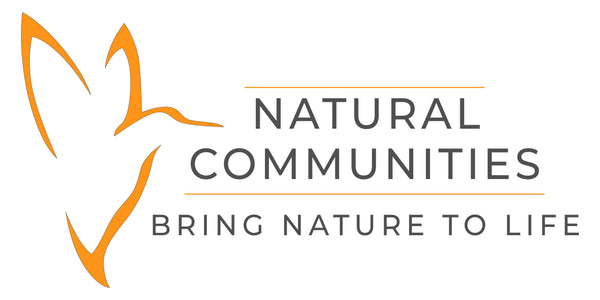In our last post, we talked about the qualities of Ecological Resilience. Now, let’s dive into how Natural Communities can help you create this. Enter, Flywheel Ecology.
Flywheel Ecology is a new strategic framework for ecological restoration that leverages the power of native plants to create resilient ecosystems. In other words, it’s the plan that we use to craft tough ecosystems using native plants.
What does this mean? While, most individuals can approach restoration with a focus on executing one-off tactics; with Flywheel Ecology, we look at the uniqueness of the whole site before diving into any fix.
Take for example, eliminating a population of reed canary grass. Sure, you might use a specific product at a specific rate, but what comes next? Once 80% of the reed canary grass is gone, how do you keep the remaining 20% from wreaking havoc? If you’re able to knock down 100% of the reed canary grass, how do you keep it from staging a comeback? How can you fend off future invasive species, like phragmites, from taking hold? Tactics are great for quick wins. But, for real success, we need a gameplan – a strategy that strings together multiple victories. It's like playing three-dimensional chess for ecological restoration.
Unlike tactics, which are specific actions, the strategic framework of Flywheel Ecology is the big idea behind a grand plan. This plan involves learning about a site’s unique hydrology, light conditions, and existing plant community. Then we choose what native plants can enhance this site and decide on when to plant them and where. Flywheel Ecology will help you build a resilient ecosystem that is resistant to invasive species
“Strategy without tactics is the slowest route to victory. Tactics without strategy is the noise before defeat.” Sun Tzu
In the next post, we’ll discuss the first step of Flywheel Ecology…Planning.

